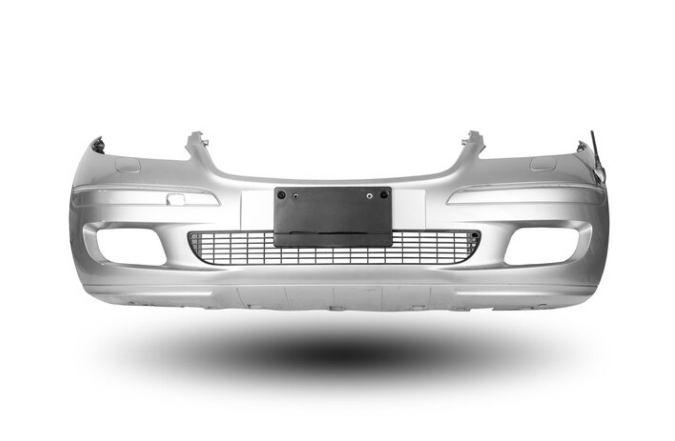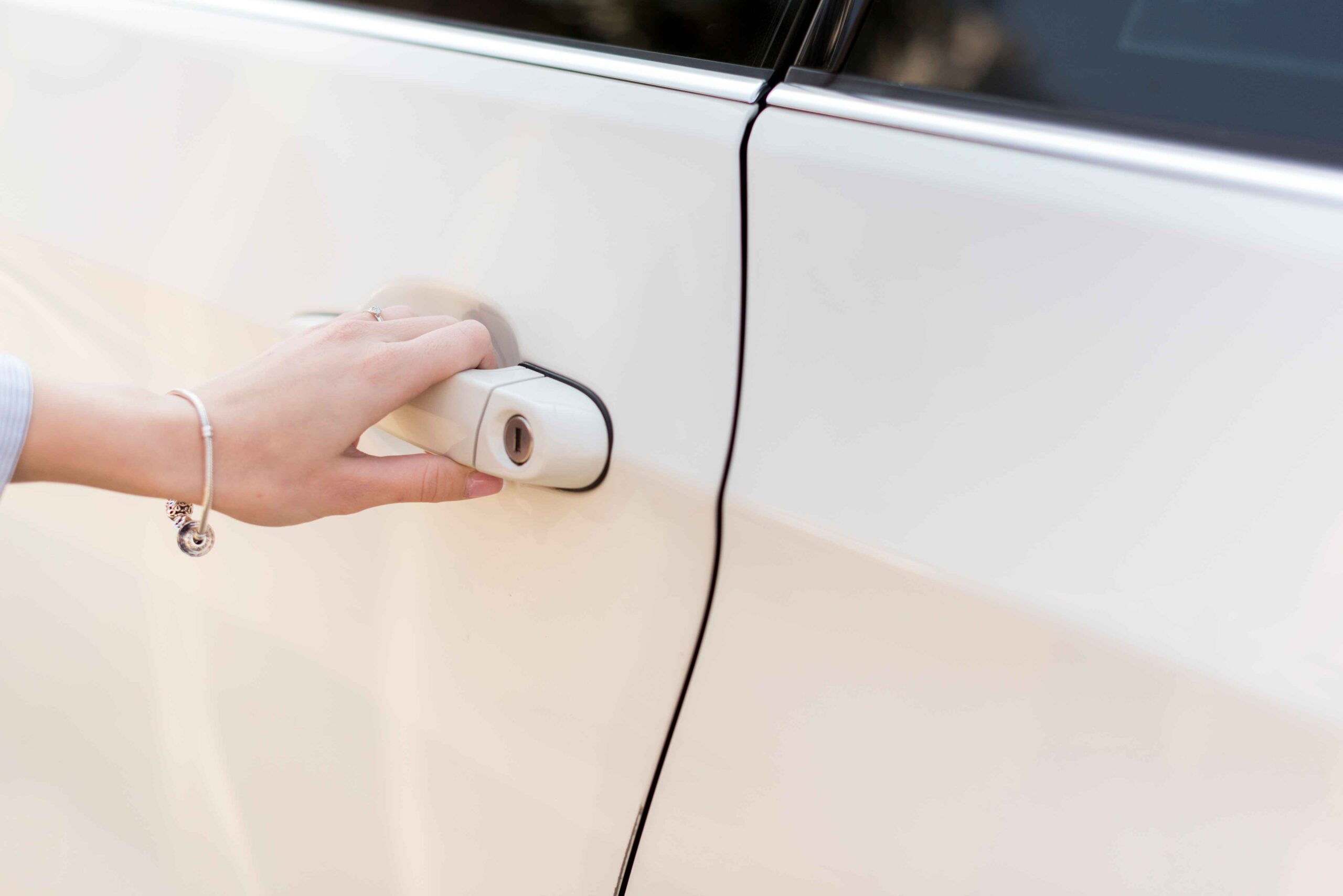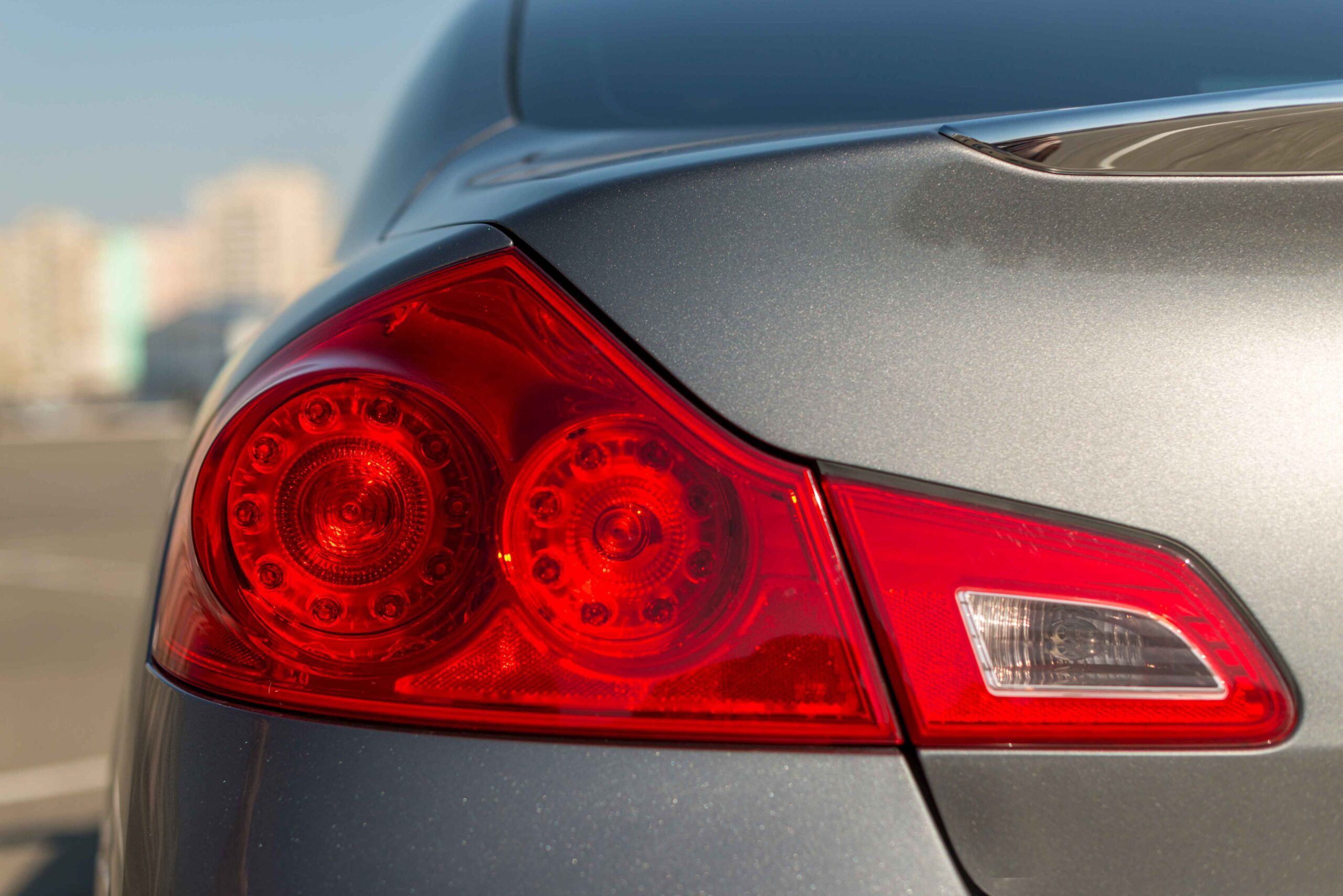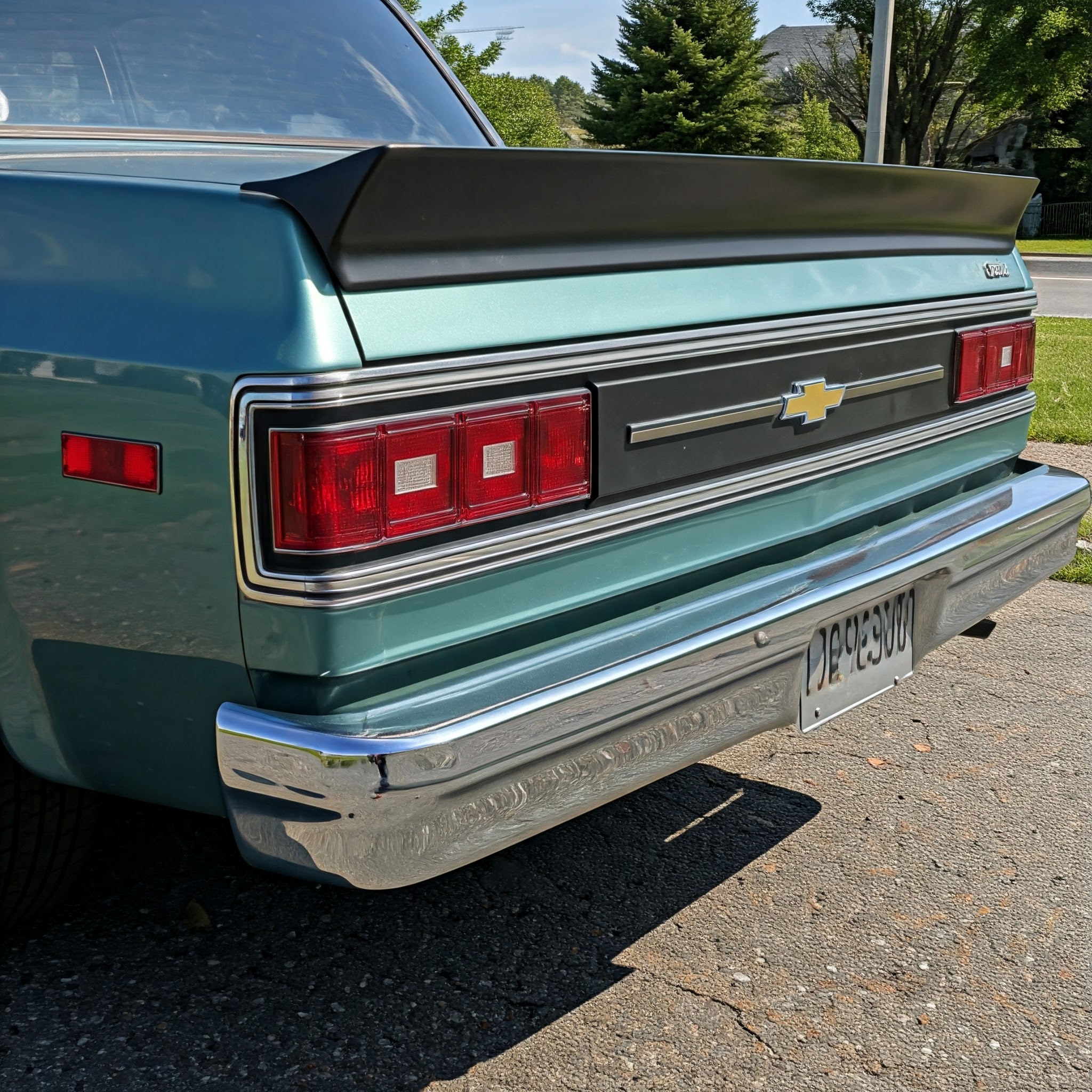Ever been in a fender bender and wondered what exactly saved your car from major damage? The front bumper might be the hero you didn’t notice. It’s more than just a piece of plastic slapped on the front of your car. While some people think it’s just for looks or a replaceable spare part, the is front bumper a spare part question comes up often. The front bumper does a lot more. It’s built to protect, absorb impacts, and keep you safe in minor accidents.
If you’re curious about whether your front bumper is a spare part or something more essential, you’re in the right place. We’re going to dive deep into everything you need to know about it.
From the functions it serves to whether a used front bumper can do the job, we’ve got it covered. Keep reading to learn why the bumper part of a car is more than meets the eye and how it plays a crucial role in your car’s safety.
Why the Front Bumper is More Than Just a Spare Part
The front bumper might look simple, but it’s carefully designed for safety. It helps absorb impact in low-speed accidents, reducing damage to essential parts like the engine or lights. This buffer zone between the outside world and your car’s vital parts can save you from costly repairs.
So, is front bumper a spare part? While it can be replaced like a spare part, its role goes way beyond that. It’s essential for protecting not only your car but also the people inside.
A properly functioning bumper can reduce the impact force during collisions and protect the passengers. You might think it’s no big deal, but when a minor accident happens, that front bumper can make all the difference.
Did You Know?
- The first car bumpers were made of wood and used in the early 1900s.
- Bumpers today are made with advanced materials like plastic and aluminum to absorb impact better.
- Most car manufacturers test bumpers to handle impacts up to 5 mph without significant damage.
Components of a Front Bumper: What’s Behind the Plastic?
Your car’s front bumper isn’t just one solid piece. It’s made up of several spare parts that work together to keep you and your car safe. Let’s take a closer look at these components.
| Part | Material | Function |
| Bumper Cover | Plastic/Fiberglass | The outer shell adds style and absorbs minor impacts. |
| Energy Absorber | Foam or Honeycomb Plastic | Absorbs and dissipates energy during collisions. |
| Reinforcement Bar | Steel or Aluminum | It provides structure and disperses impact energy. |
| Bumper Brackets | Metal | Secures the bumper to the car frame. |
| Sensors (if any) | Electronic | Helps with parking and collision detection features. |
The bumper cover is what you see, but behind it lies the energy absorber and reinforcement bar. These parts are crucial for safety, especially in minor accidents.
The energy absorber softens the blow, while the reinforcement bar distributes the force so that no single car part takes the brunt of the impact.
Should You Buy a Used Front Bumper?
If your bumper gets damaged, a used front bumper might seem like a good, cost-saving option. But should you buy one? It depends on the condition of the used part. A used bumper can still protect if it’s in good shape, meaning no cracks or missing internal components like the energy absorber.
However, it’s always essential to ensure the used bumper fits your car model perfectly. If it doesn’t, it won’t be able to absorb impacts as designed. That could lead to more significant damage to your car’s engine or other vital parts. So, while a used bumper can save money, make sure it’s still doing the job of protecting your vehicle.
Repairing vs. Replacing a Bumper: What’s the Right Choice?
When your bumper gets damaged, you’ve got two options: repair or replace. So, how do you decide?
Here’s a simple way to think about it. If the damage is just cosmetic, like minor scratches or dents, repair might be enough. But if the spare front bumper is cracked or the internal components like the energy absorber or reinforcement bar are damaged, replacing the whole bumper is safer.
Here are some things to consider:
- Scratches and Dents: These can often be fixed without replacing the bumper.
- Cracks: Replacement is often safer if your bumper has cracks, especially around the mounting points.
- Damaged Internal Parts: A replacement is necessary if the energy absorber or reinforcement bar is damaged.
- Sensor Malfunctions: If your bumper’s parking sensors or collision detection systems are malfunctioning, you may need a bumper replacement.
- Cost: If the repair is close to the replacement cost, go for the new bumper.
Repairing is usually cheaper and faster if the damage is only on the surface. But, for serious damage, replacement ensures your car is safe in future collisions.
Modern Bumpers and Safety Features
Today’s cars are loaded with safety features, many of which are integrated into the front bumper. Parking sensors, collision detection, and even pedestrian safety systems are part of the bumper setup. These technologies make driving safer and help prevent accidents before they happen.
For example, parking sensors help drivers avoid obstacles, while automatic braking systems use sensors in the bumper to stop the car before a collision occurs. These features depend on a well-maintained bumper.
A damaged or poorly fitted front bumper as a spare part can affect the performance of these systems, putting both the driver and pedestrians at risk.
Points to Note:
- Bumpers are required by law to meet specific safety standards for collision protection.
- Many modern bumpers are designed to reduce injury to pedestrians during accidents.
- The bumper helps prevent engine damage in accidents, saving car owners from costly repairs.
The Aesthetic and Financial Importance of a Good Bumper
The front bumper as a spare part isn’t just for protection; it also plays a role in the overall look of your car. Whether chrome detailing or a sleek design, bumpers contribute to a car’s aesthetic appeal. A well-maintained bumper can enhance the resale value of your car. On the flip side, a damaged bumper could lower your car’s value, even if it’s still functional.
A used bumper might save you some cash, but it could also affect the appearance of your car. If you’re thinking about reselling your vehicle in the future, a new bumper might be a better investment.
Is the Front Bumper a Spare Part or an Essential Component?
So, after all this, is the front bumper a spare part? While it can be replaced, it’s far from just another accessory. The front bumper plays a critical role in protecting you, your car, and even pedestrians.
It’s an essential bumper part of a car and a modern car safety and design feature. Whether you’re considering a used bumper or a new one, its importance can’t be ignored.
Keeping your bumper in good condition ensures not only the safety of your vehicle but also its value. So, the next time you’re faced with the question of whether the front bumper is a spare part or an essential component, you’ll know that it’s both—and far more than just a simple accessory.
FAQ’s
The front bumper absorbs impact during low-speed collisions, protecting your car’s engine and passengers.
Yes, you can use a used bumper, but make sure it’s in good condition and fits your car model correctly.
The cost of a new bumper can range from a few hundred to over a thousand dollars, depending on the make and model of your vehicle.
It depends on the damage. Minor dents can be repaired, but cracks or damaged internal components usually require a replacement.
The main parts include the bumper cover, energy absorber, reinforcement bar, and brackets that secure it to the car.







